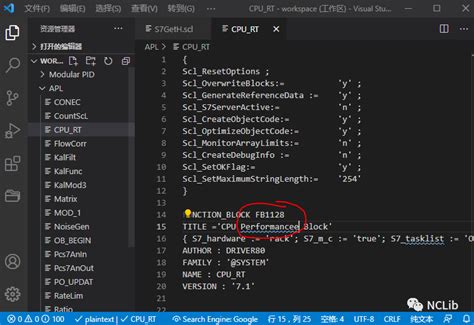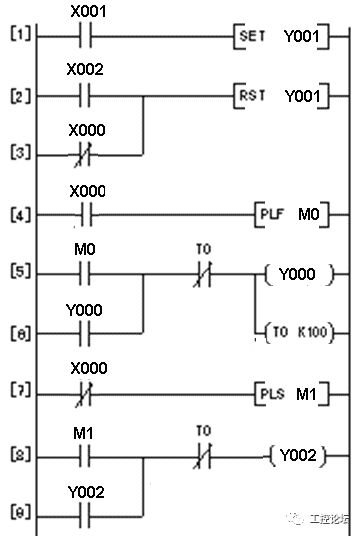Title: Introduction to SCL Programming Software
SCL (Structured Control Language) programming software is an essential tool in the realm of industrial automation and control systems. It serves as a means to write, debug, and maintain code for programmable logic controllers (PLCs) and other automation devices. Let's delve into the intricacies of SCL programming software, its features, applications, and best practices.
What is SCL Programming Software?
SCL programming software provides a structured approach to programming PLCs, adhering to the IEC 611313 standard. This standard defines several programming languages for PLCs, with SCL being one of them. SCL resembles highlevel programming languages like Pascal or C, making it easier for programmers to develop complex control algorithms.
Features of SCL Programming Software:
1.
Structured Programming Constructs:
SCL supports structured programming concepts such as loops, conditional statements, and functions, allowing for organized and efficient code development.2.
Data Types and Structures:
It offers various data types and structures to handle different kinds of data, including integers, floatingpoint numbers, strings, arrays, and userdefined types.3.
Builtin Functions:
SCL provides a rich set of builtin functions for mathematical calculations, string manipulations, and PLCspecific operations like reading inputs and setting outputs.4.
Debugging Tools:
Most SCL programming environments come with debugging tools such as breakpoints, watch windows, and online monitoring, facilitating code troubleshooting and optimization.5.
Simulation Capabilities:
Some SCL software packages offer simulation features, allowing programmers to test their code in a virtual environment before deploying it to actual hardware.6.
Integration with Other Languages:
SCL programming environments often support integration with other programming languages like ladder logic (LD), function block diagram (FBD), and structured text (ST), enabling multilanguage programming within a single project.Applications of SCL Programming Software:
1.
Industrial Automation:
SCL programming is widely used in industrial automation for controlling manufacturing processes, assembly lines, and machinery.2.
Building Management Systems:
It finds application in building automation systems for controlling HVAC (Heating, Ventilation, and Air Conditioning), lighting, and security systems.
3.
Power Generation and Distribution:
SCL programming is employed in power plants and substations for monitoring and controlling electrical generation, transmission, and distribution processes.4.
Transportation Systems:
It is utilized in transportation systems such as railways, airports, and seaports for controlling traffic, signaling, and safety systems.5.
Renewable Energy Systems:
SCL programming is integral to renewable energy systems like wind farms and solar power plants for monitoring and controlling energy production processes.Best Practices for SCL Programming:
1.
Modularity:
Break down complex tasks into smaller, modular functions to improve code readability, reusability, and maintainability.2.
Documentation:
Document your code thoroughly, including comments, variable descriptions, and function explanations, to aid understanding and future modifications.3.
Error Handling:
Implement robust error handling mechanisms to detect and gracefully recover from faults, ensuring system reliability and safety.4.
Testing:
Perform thorough testing of your code under various scenarios, including edge cases and abnormal conditions, to verify its correctness and robustness.5.
Version Control:
Use version control systems like Git to track changes to your codebase, enabling collaboration, rollback, and codebase management.6.
Optimization:
Optimize your code for efficiency and performance, considering factors such as execution speed, memory usage, and resource constraints.Conclusion:
SCL programming software plays a crucial role in the development of PLC programs for industrial automation and control systems. By offering structured programming capabilities, debugging tools, and simulation features, it enables engineers to create reliable, efficient, and scalable control solutions for a wide range of applications. Adhering to best practices such as modularity, documentation, and testing ensures the quality and maintainability of SCL code, ultimately contributing to the success of automation projects.
版权声明
本文仅代表作者观点,不代表百度立场。
本文系作者授权百度百家发表,未经许可,不得转载。











